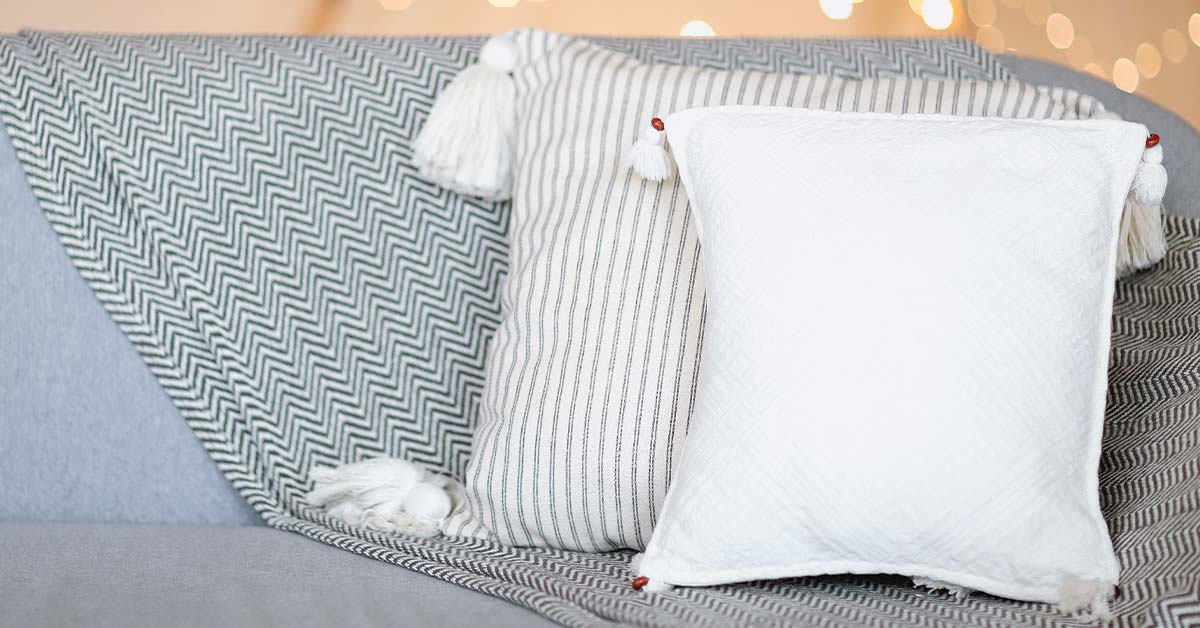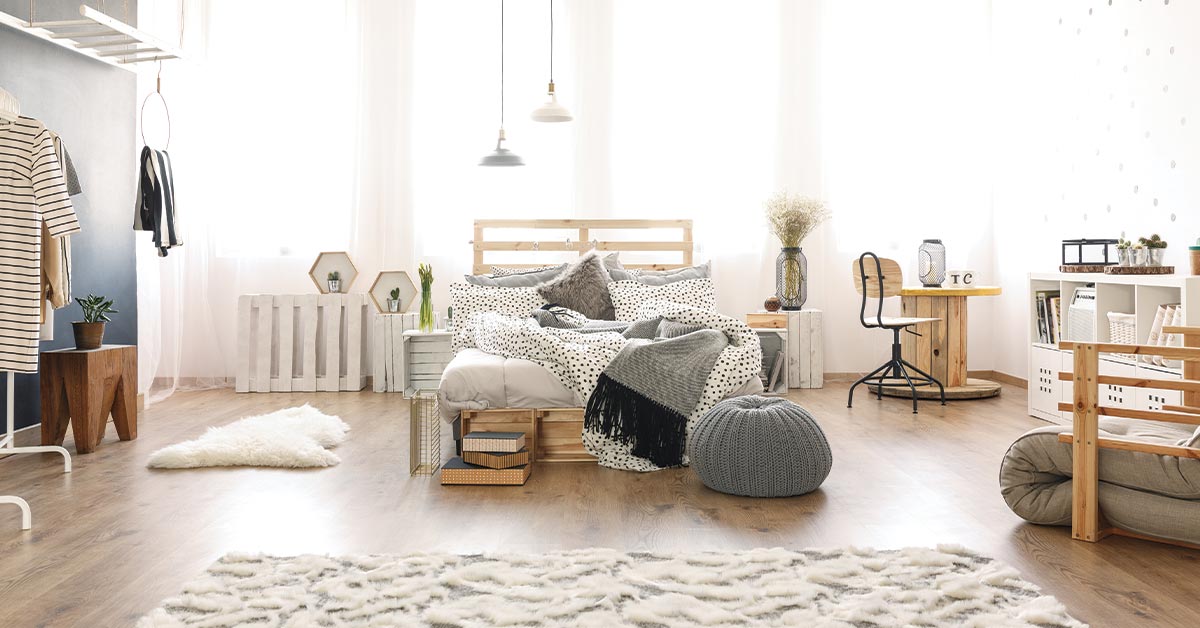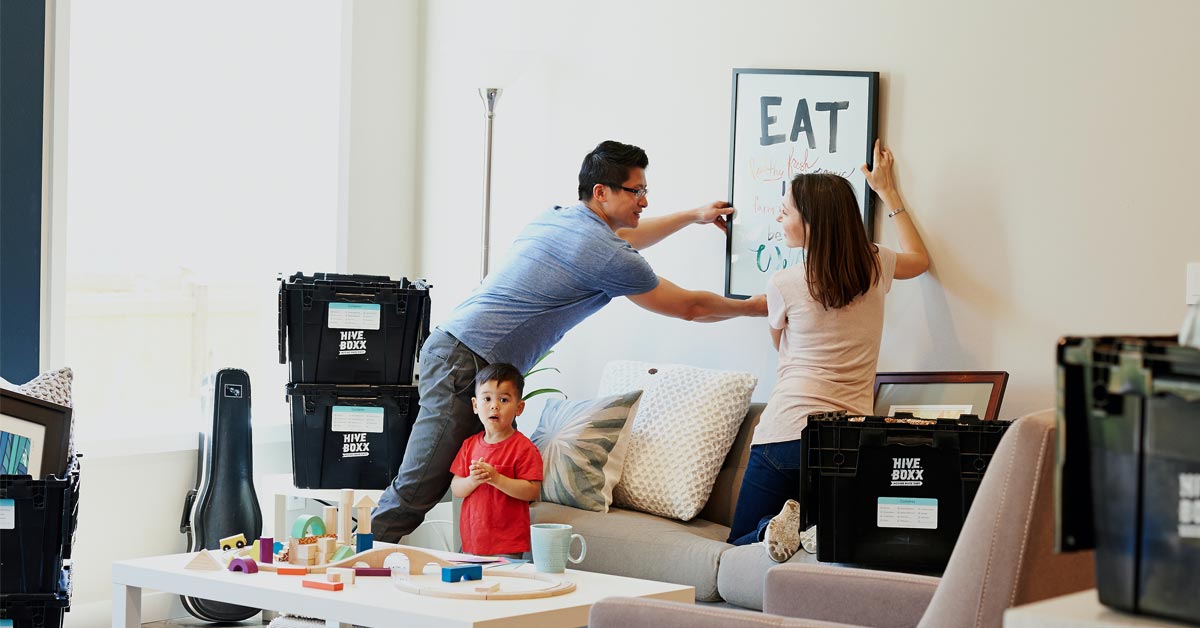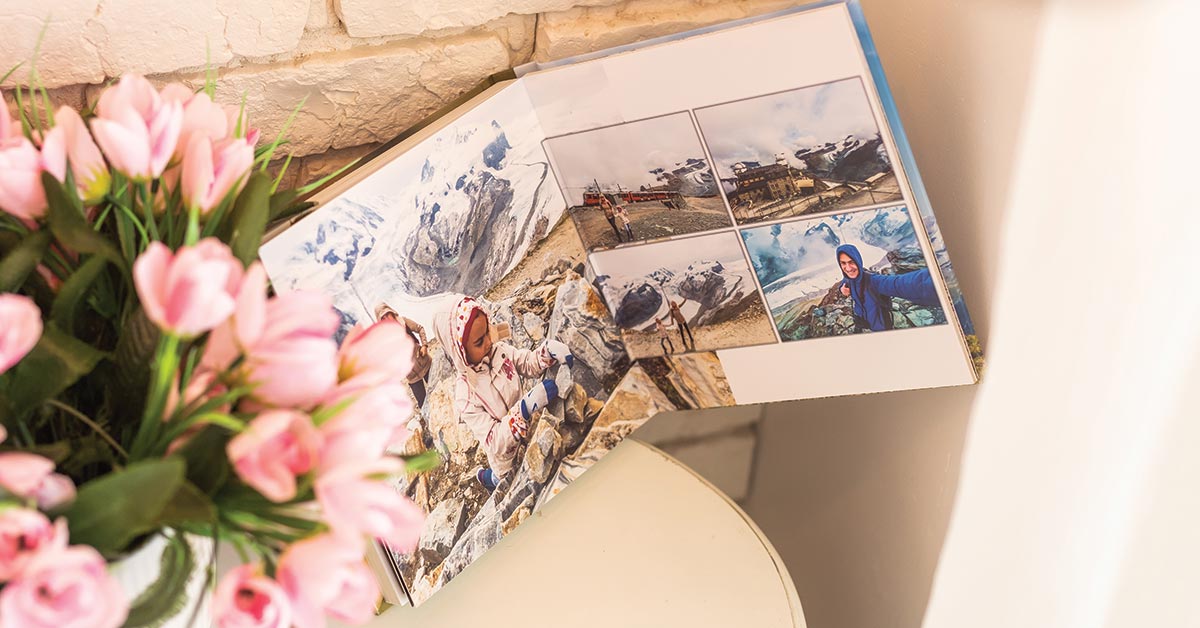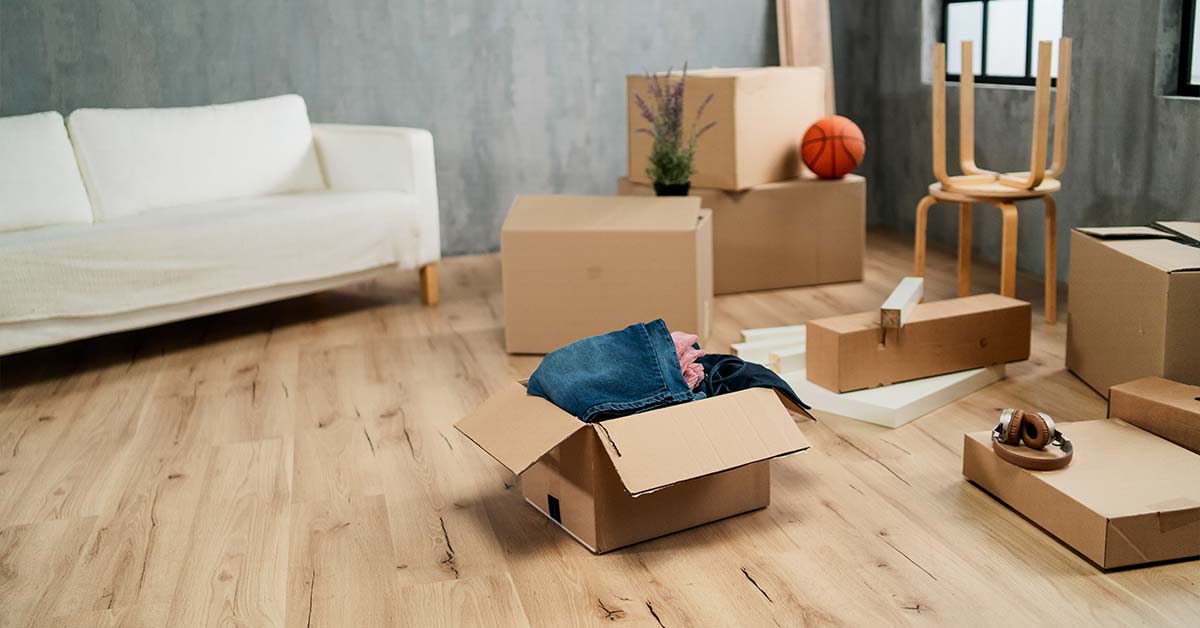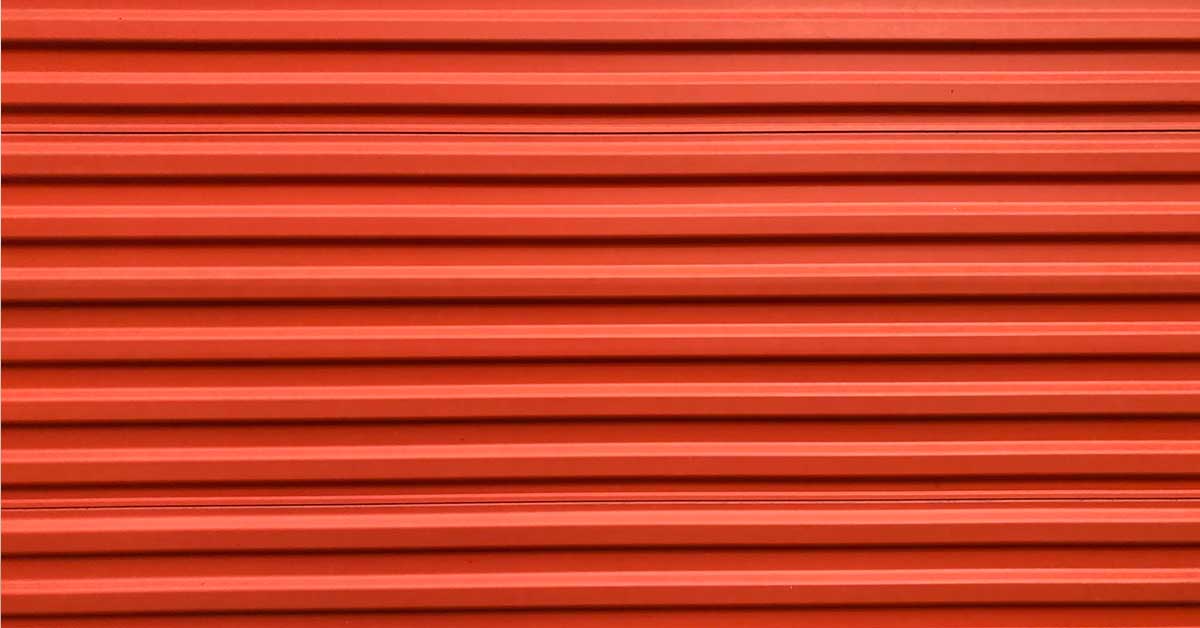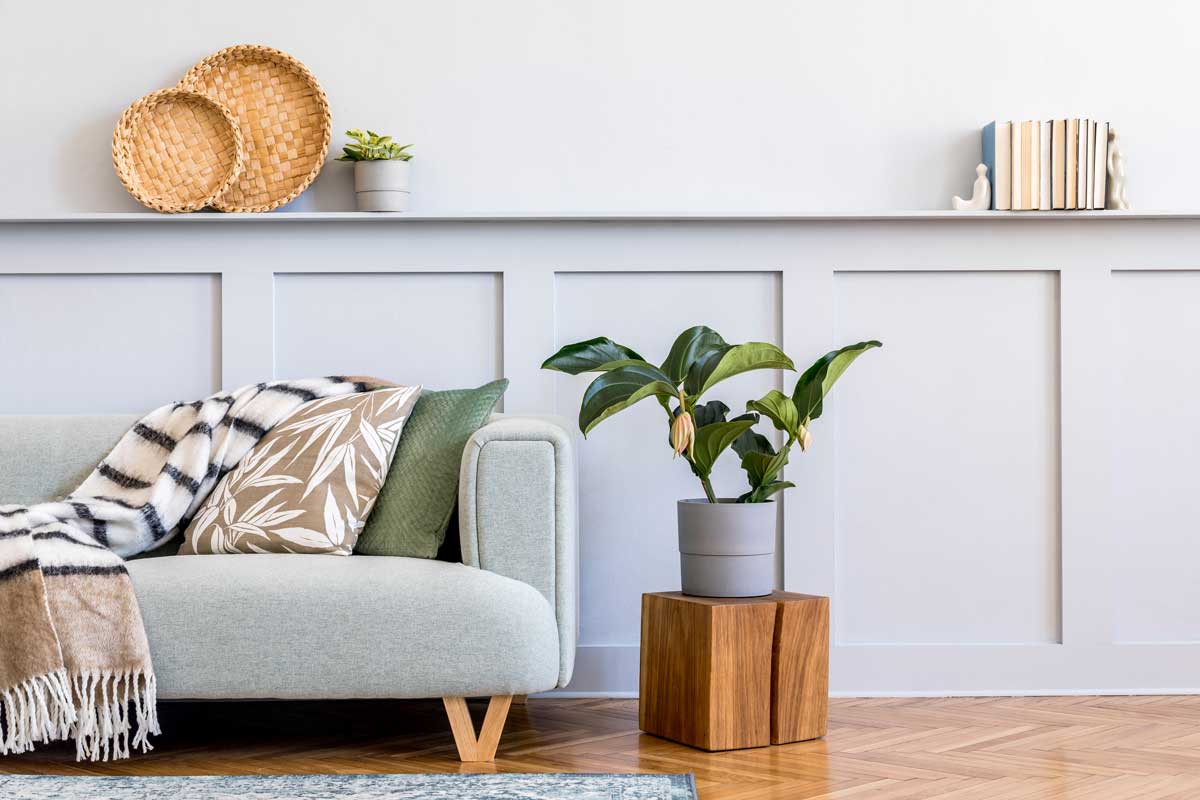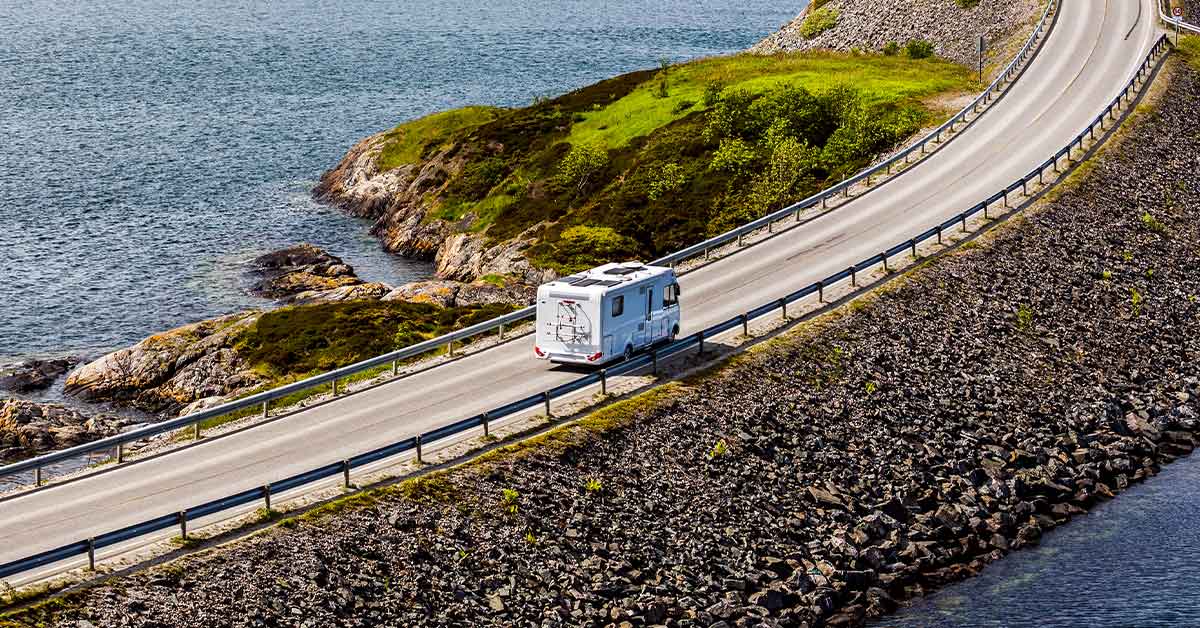As the weather changes and the seasons shift, it’s time to start thinking about proper storage for your patio cushions. Patio cushions can easily become damaged if not stored correctly, resulting in mold, mildew, fading, or even critter infestations. To keep your patio cushions in the best condition possible and prolong their lifespan, it’s essential to store them properly during the off-season. In this comprehensive guide, we will walk you through the step-by-step process of storing your patio cushions to ensure they remain in top-notch condition year after year.
Clean and Dry Your Patio Cushions
Before storing your patio cushions, it’s crucial to clean them thoroughly. Remove any loose dirt or debris by brushing or shaking them off. For fabric cushions, check the manufacturer’s instructions for cleaning recommendations. In most cases, you can simply use a mild detergent mixed with water to clean the cushions. Rinse them thoroughly with water and allow them to air dry completely before moving on to the next step. Make sure the cushions are completely dry to prevent mold or mildew growth during storage.
Remove Cushion Covers or Cushion Pads
Depending on the type of patio cushions you have, you may need to remove the cushion covers or cushion pads before storing them. If the cushion covers are removable and machine washable, follow the manufacturer’s instructions for washing and drying before storing them. If the cushion covers cannot be removed, make sure to vacuum them thoroughly to remove any dirt, crumbs, or dust.
Choose the Right Storage Location
Selecting the right storage location for your patio cushions is crucial to protect them from the elements and prevent damage. Ideally, store your patio cushions in a cool, dry, and well-ventilated area, such as a garage, shed, or basement. Avoid storing them in areas prone to moisture, such as a damp basement or an outdoor shed that is not weatherproofed. Also, keep them away from direct sunlight, as prolonged exposure to UV rays can cause fading and damage to the fabric. A storage unit would be a great place to store your patio cushions because a storage unit is dry, cool, and well-ventilated. At U-Lock Mini Storage, we offer self storage Burnaby, self storage Chilliwack, self storage White Rock and South Surrey, self storage Nanaimo, self storage Victoria, and self storage Parksville services. If you have any questions about self storage, please contact us and we’ll be happy to help!
Use Protective Covers
To provide an additional layer of protection, consider using protective covers for your patio cushions. There are various options available, including cushion storage bags, cushion storage boxes, or plastic bins with lids. These storage solutions can help keep your patio cushions clean, dry, and protected from dust, pests, and other potential damage.
Properly Stack or Hang Your Patio Cushions
When storing your patio cushions, it’s essential to stack or hang them properly to prevent deformation or crushing. If you are stacking the cushions, place the larger cushions at the bottom and the smaller cushions on top. Avoid over-stuffing or piling heavy items on top of the cushions, as this can cause them to lose their shape or become damaged. If you are hanging the cushions, use sturdy hooks or hangers that can support the weight of the cushions without causing any stress or strain on the fabric.
Check on Your Patio Cushions Periodically
Even though your patio cushions are properly stored, it’s still important to check on them periodically to ensure they are in good condition. Inspect them for any signs of mold, mildew, pests, or damage. If you notice any issues, take appropriate action to address them promptly. It’s also a good time to rotate the cushions to prevent uneven wear and tear.
Properly storing your patio cushions during the off-season is essential to protect them from damage and extend their lifespan. By following these steps, you can ensure that your patio cushions remain clean, dry, and in top-notch condition for years to come.

